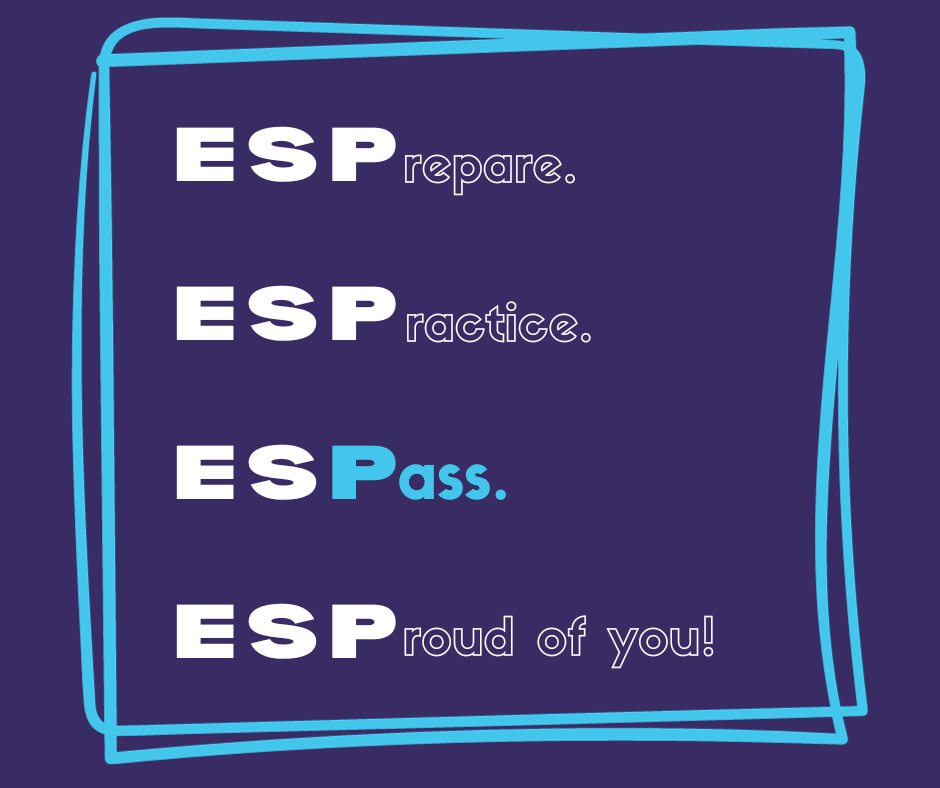Swipe your way into starting a study plan.
Are you an aspiring sonographer? A healthcare professional looking to enhance your skills? Or, an individual dedicated to mastering the art of ultrasound? The images below will get you started on the secrets of effective study planning tailored to your unique needs. Creating an ultrasound study plan is one of the best ways to reduce text anxiety and keep you on track.
Take charge of your ultrasound education, manage your time effectively, and reach your full potential in medical imaging. Discover the benefits of using our study tools, practice test questions, and review courses to accelerate your journey toward becoming a highly proficient ultrasound professional. Whether you’re preparing for the ARDMS, CCI, or ARRT exams or seeking to elevate your ultrasound expertise, our online resources are designed to guide you toward success in your ultrasound education and career.
Creating a study plan is your roadmap to success. It helps you manage your time wisely, set clear goals, and stay on course, reducing stress and boosting your learning journey. With a structured plan, you’ll tackle your studies more efficiently, overcome procrastination, and retain information better. Your adaptability and exam readiness will improve, all while nurturing your self-discipline. In essence, your study plan is the key to unlocking your academic and professional potential.
Find us on Facebook, Instagram, and LinkedIn for study tips, ultrasound updates, educational research, and a fun community.










